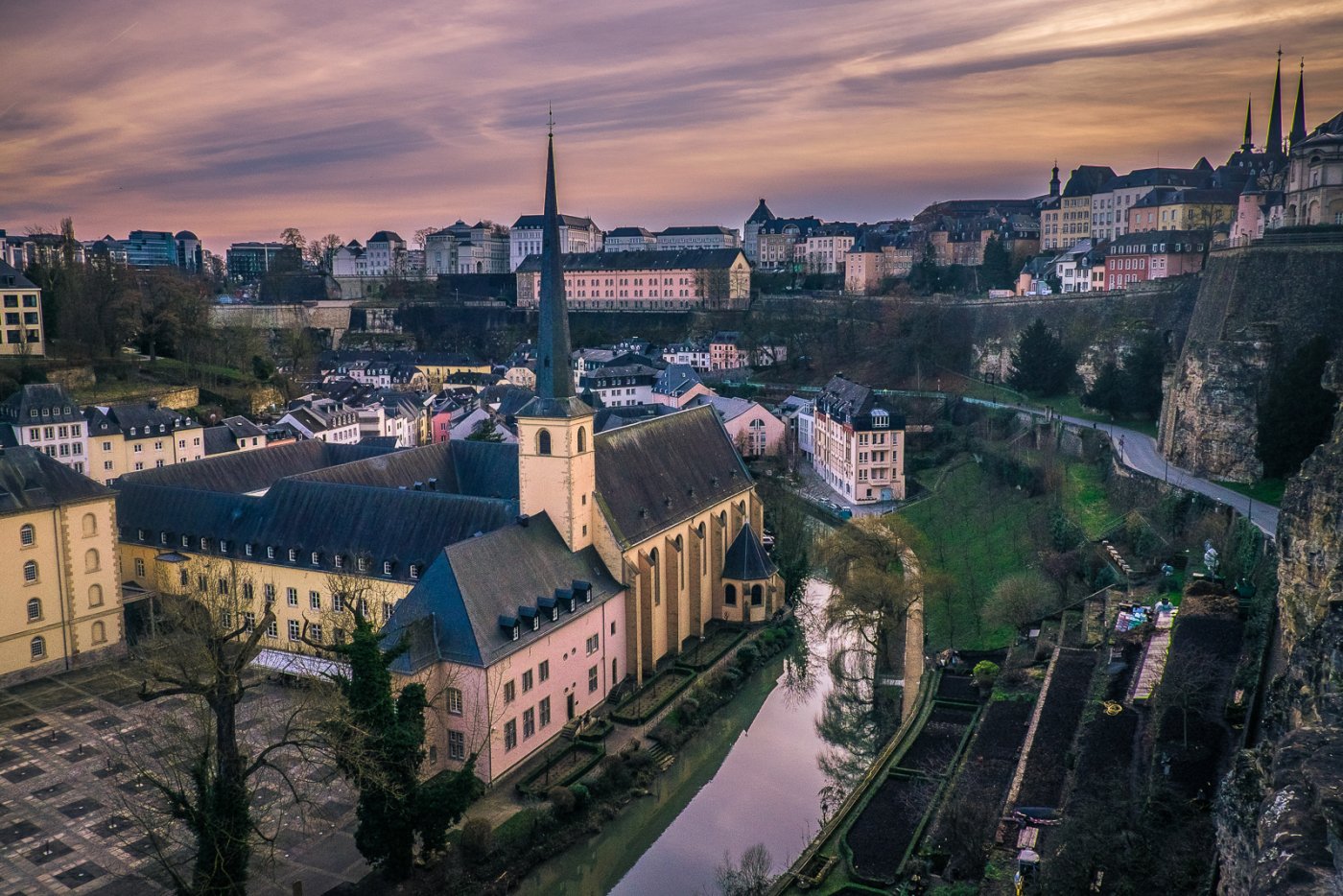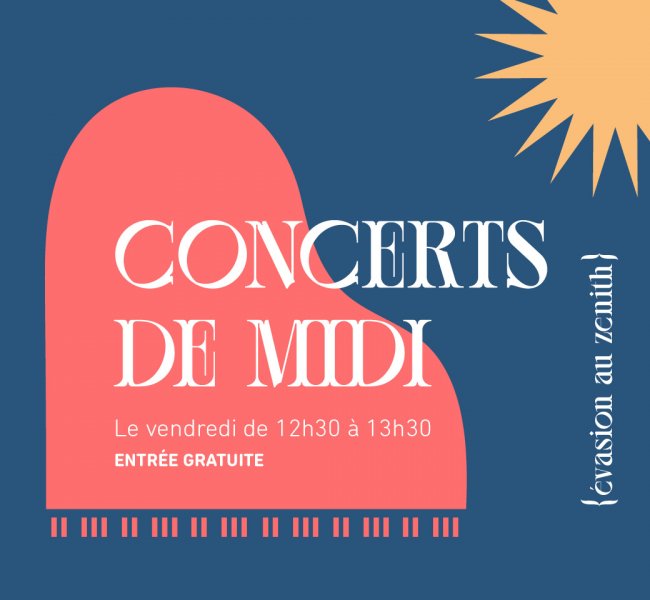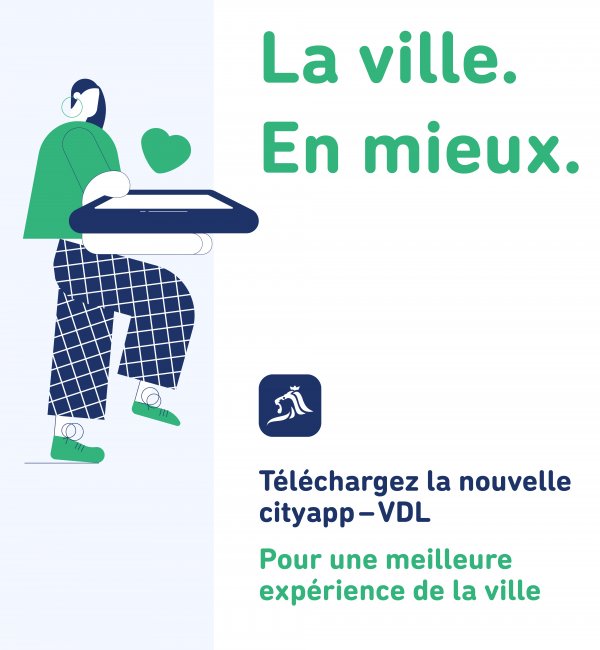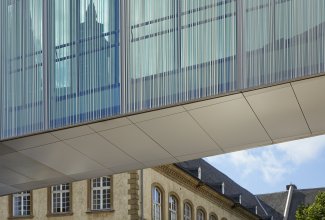Description
This burial plot dates back to 1911 and was transferred to the City of Luxembourg in 2010. The monument is a tribute to a female entrepreneur who was also active in the Luxembourg literary scene.
The burial plot was purchased in 1911 by the couple Nicolas Devas and Catherine Hildgen (1843–1929) to hold the remains of Marie Goblet (1887–1911), the first wife of their son, a master housepainter named Florent Devas (1884–1919). Florent Devas is buried with his first wife, Marie Goblet, in Bettembourg. His second wife, Léonie Wiltzius, is buried in the Belair cemetery. Nicolas Devas (1836–1915), who was originally from Pfaffenthal, was a carpenter. Nicolas Devas and Catherine Hildgen had seven children. The burial plot fell to their son Joseph (1876–1952), who was married to Joséphine Medinger (1884–1964). The couple operated the Grand Garage Devas-Medinger / Auto Palace on Rue Mercier. From 1926 to 1933, Devas sold cars by the French manufacturer Chenard-Walcker, and Georges Irat luxury cars. Whereas Joséphine Medinger demonstrated her entrepreneurial skills while working in her husband's business, her only daughter, Germaine (1906–2006), appears in the dictionary of authors in Luxembourg. Germaine Devas operated the Germaine et Laurence haute couture workshop on Avenue Monterey in Luxembourg City. In the 1930s, she wrote articles for the newspaper "Luxemburger Zeitung", the annual publication "Neue Luxemburger Kalender", the magazine "Die Luxemburgerin, Zeitschrift für die gesamten Fraueninteressen Luxemburgs" and "Die Tribüne, Wochenzeitschrift für politisches und geistiges Leben". Her novel, "Schmale Spur im Schnee", contains autobiographical elements. Germaine Devas married Lucien Schockweiler (who was born in 1904 in Longwy and died in 1986 in Luxembourg), a civil engineer in mining and vice president of the Luxembourg Chamber of Commerce in Paris. After the couple retired, they moved to Mondorf-les-Bains. When Joseph Devas died in 1952, Germaine Devas and Lucien Schockweiler took over the burial plot.
The monument as it appears today undoubtedly dates from when the burial plot was acquired in 1952 upon the internment of Joseph Devas. This monument is a three-storey vault. It is constructed entirely from polished black granite. The name of the plot, "Famille Devas", appears in bronze lettering on the delicately bevelled gravestone along with the names of the deceased, except for Marie Goblet. The inscriptions are followed by the acronym "R.I.P." The crucifix rises up from a headstone with side panels. The corpus and INRI acronym are in bronze. The monument includes a covered stoup.









